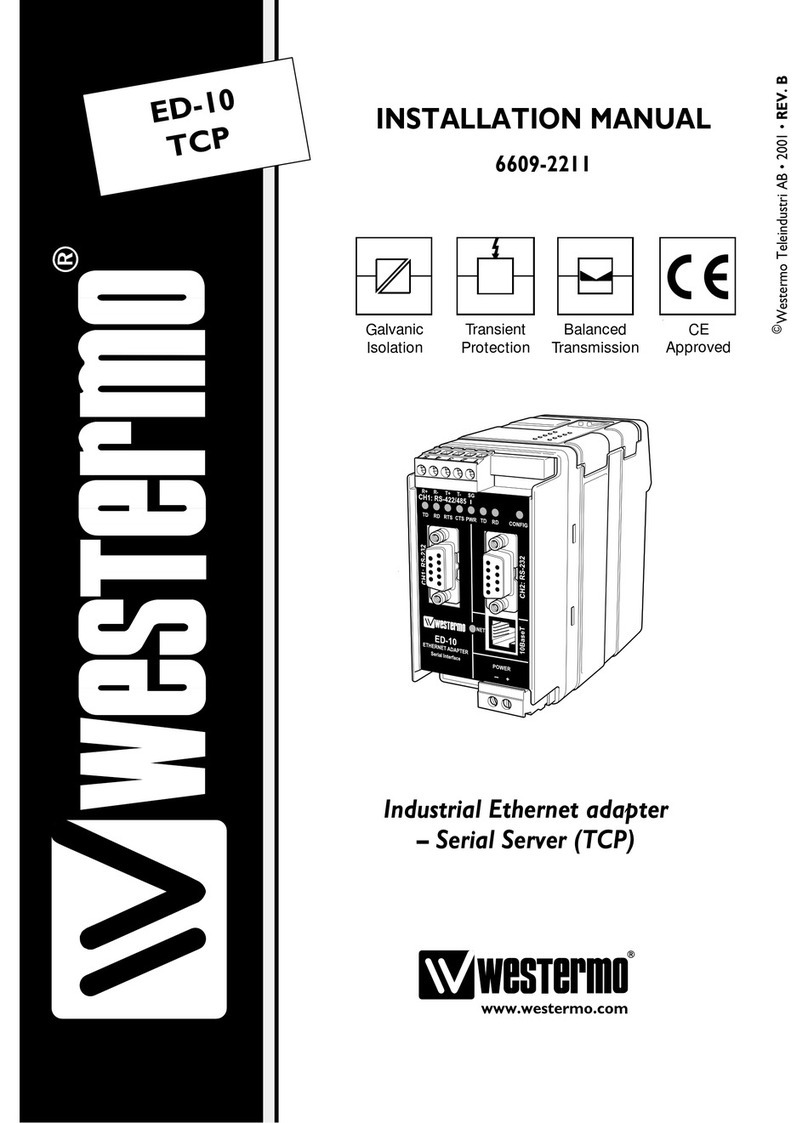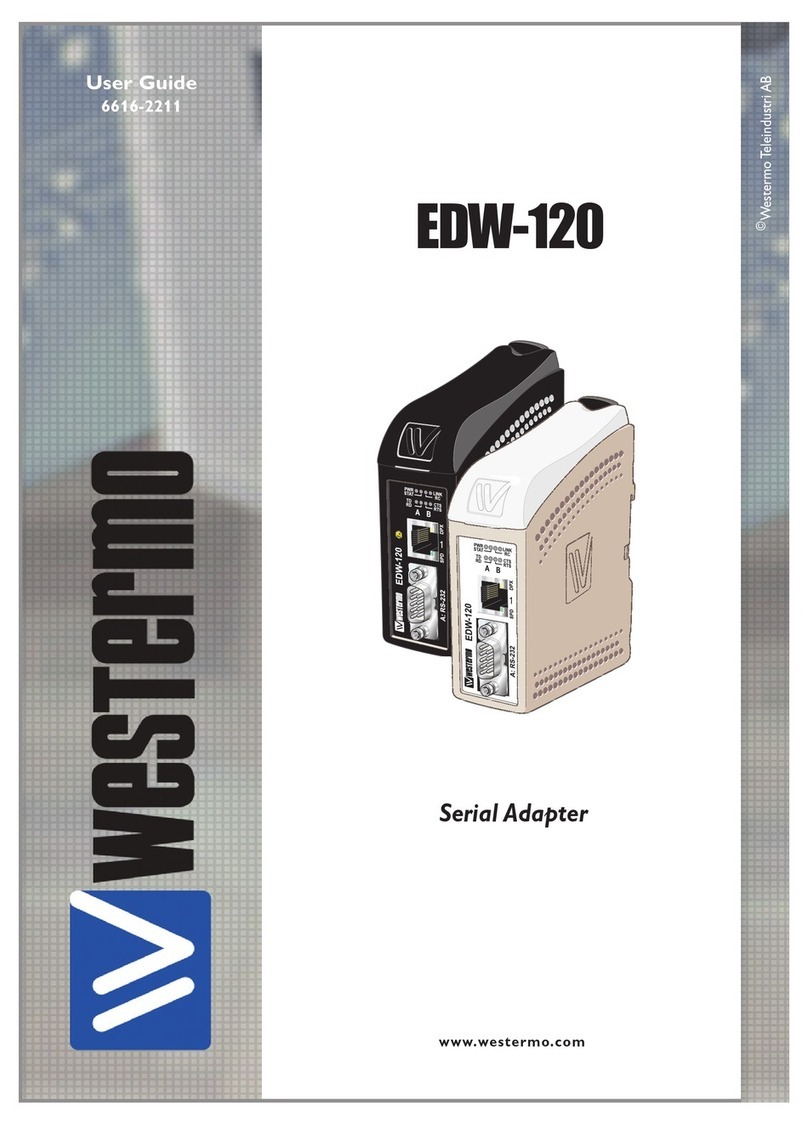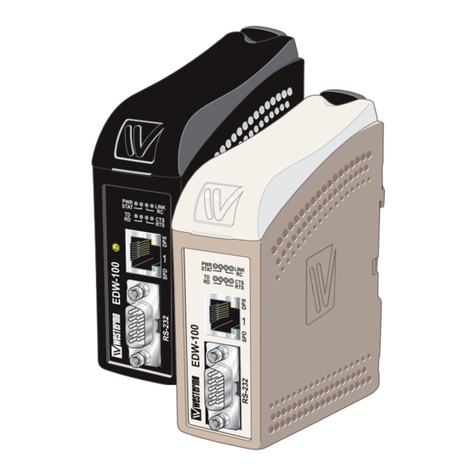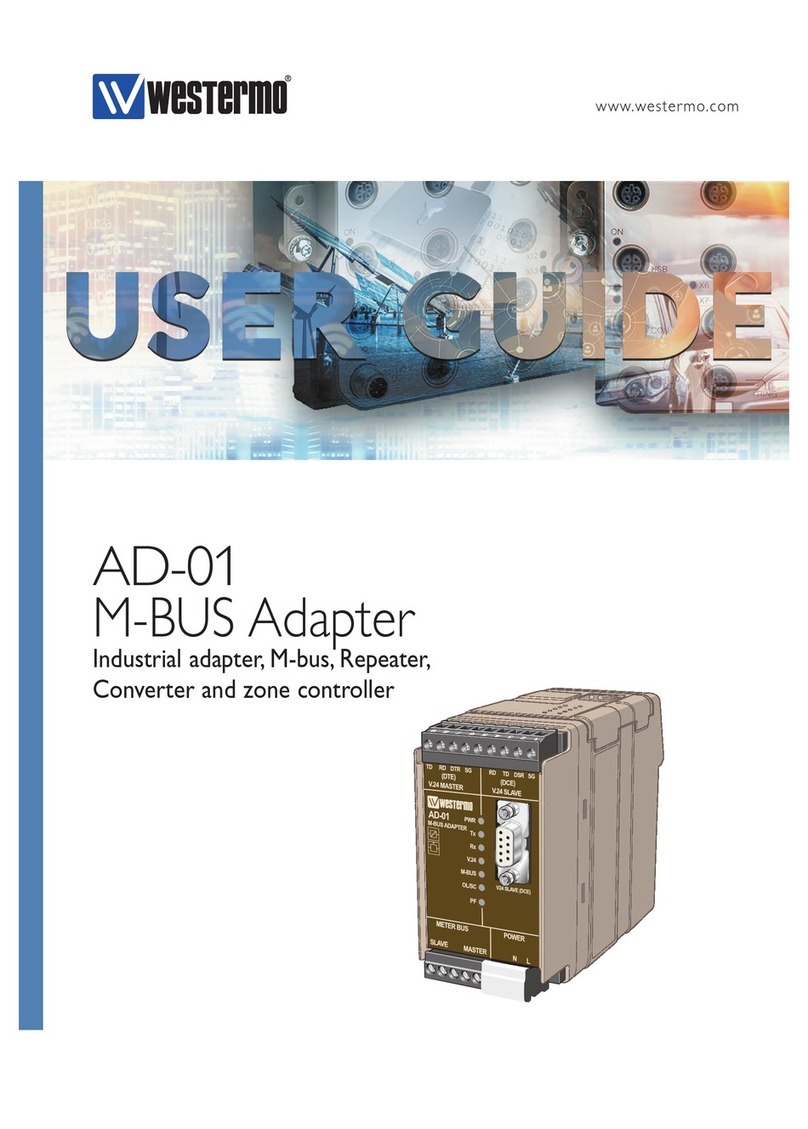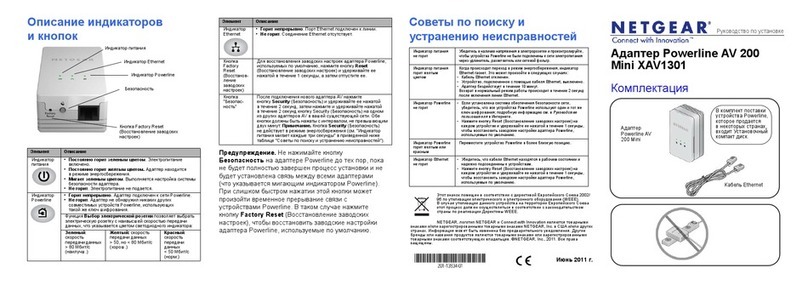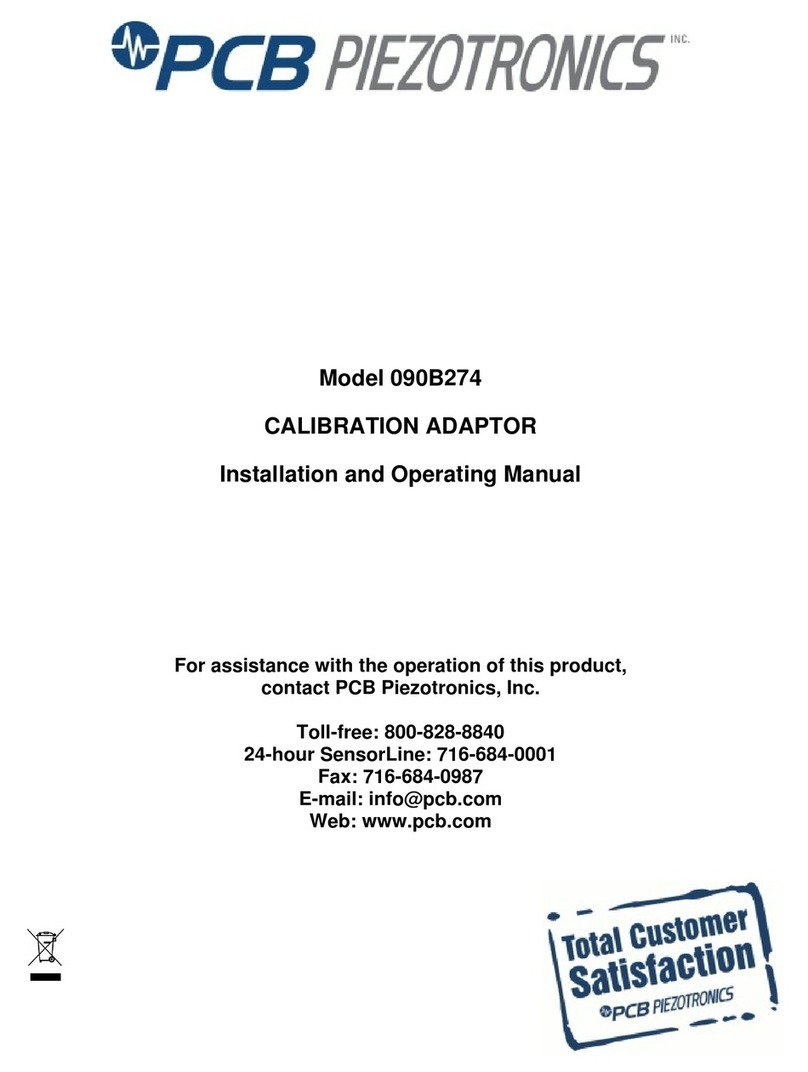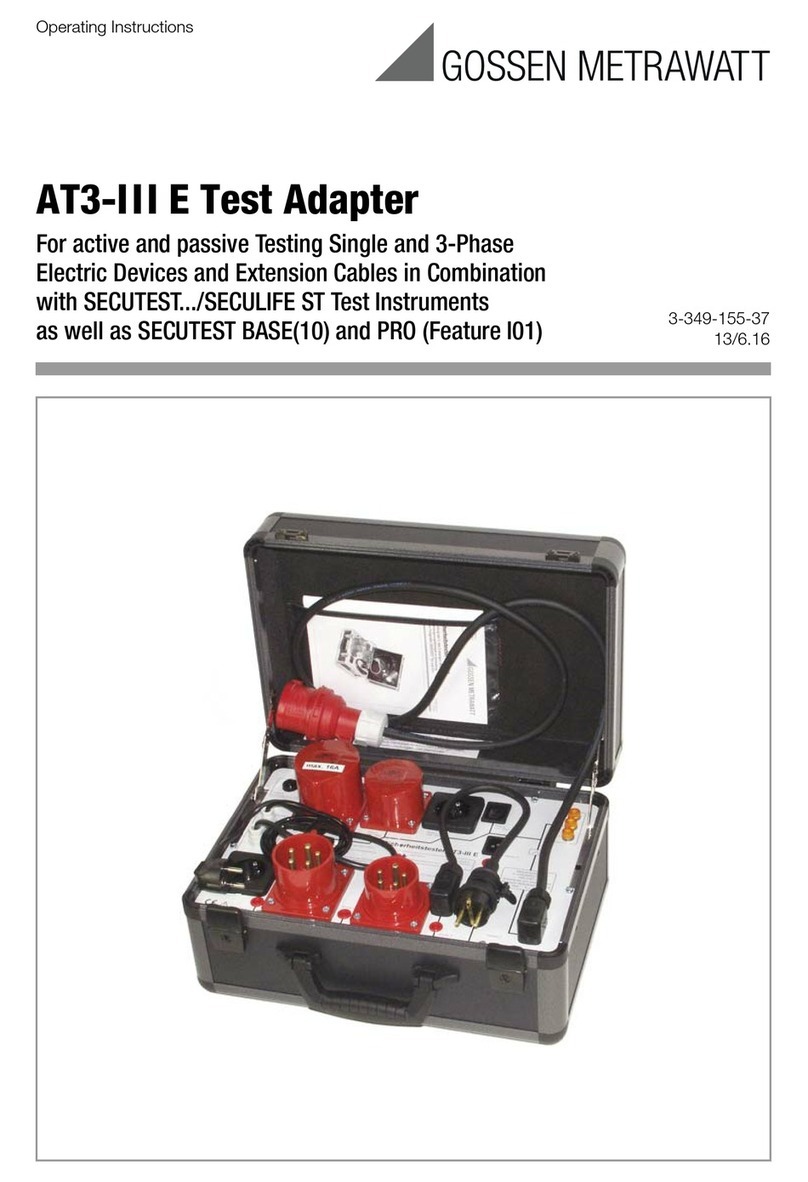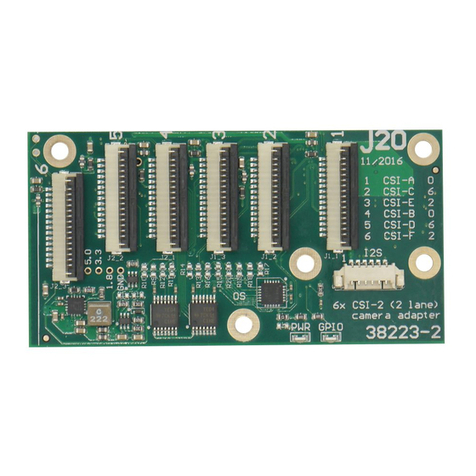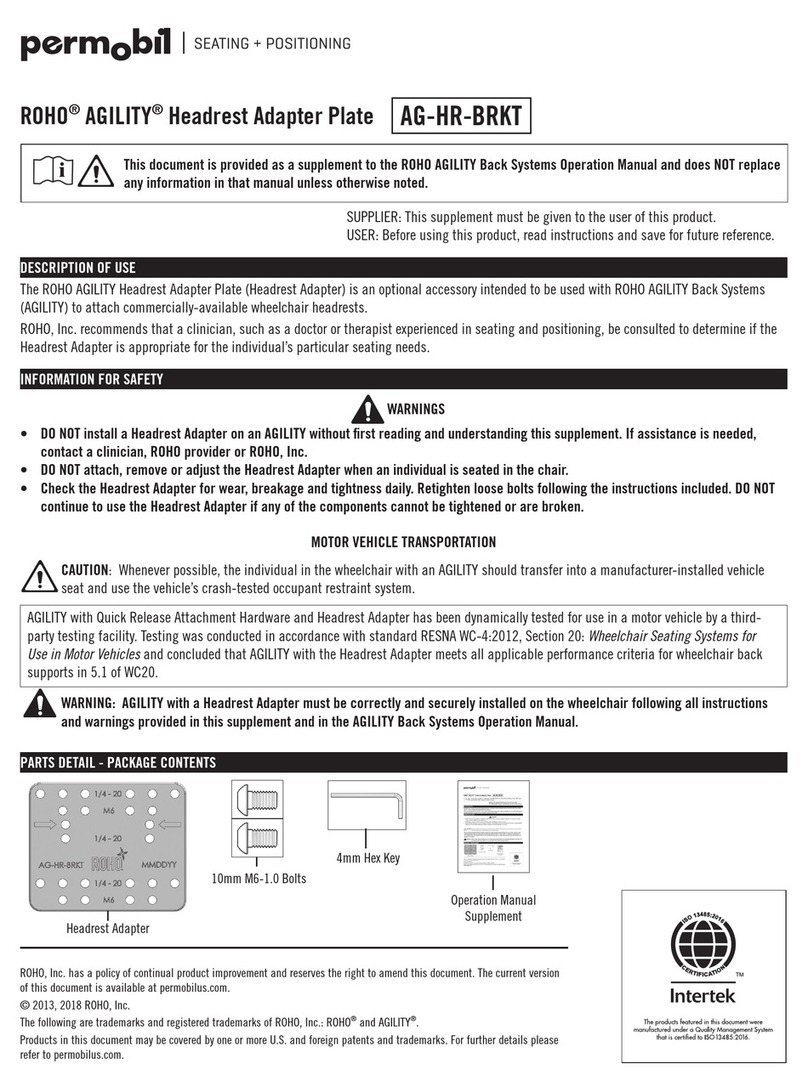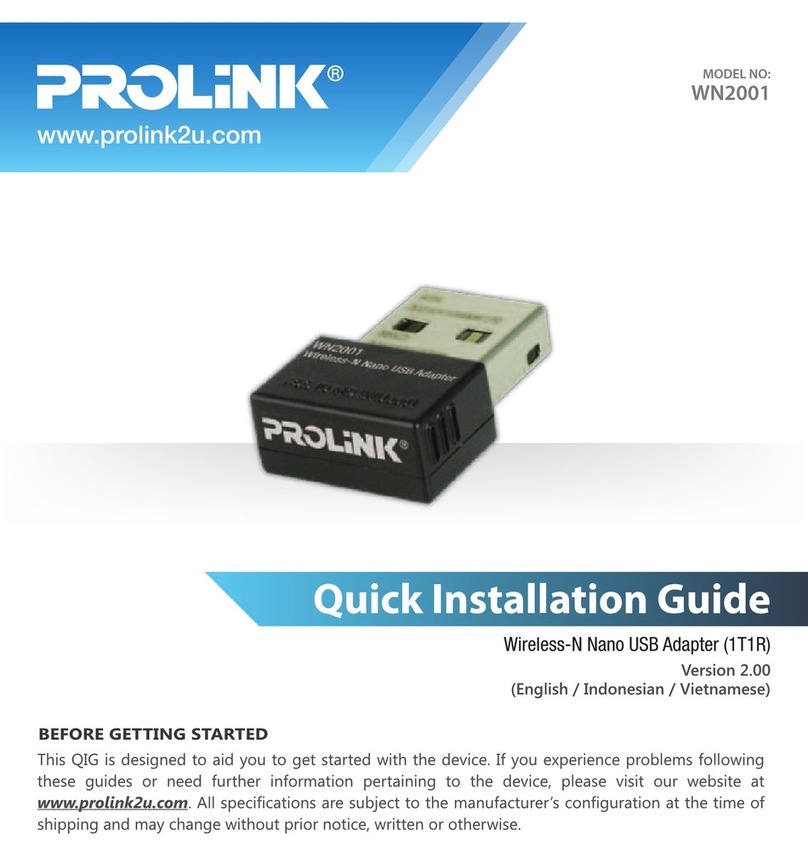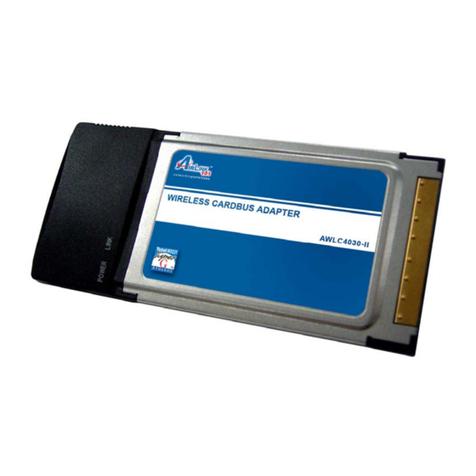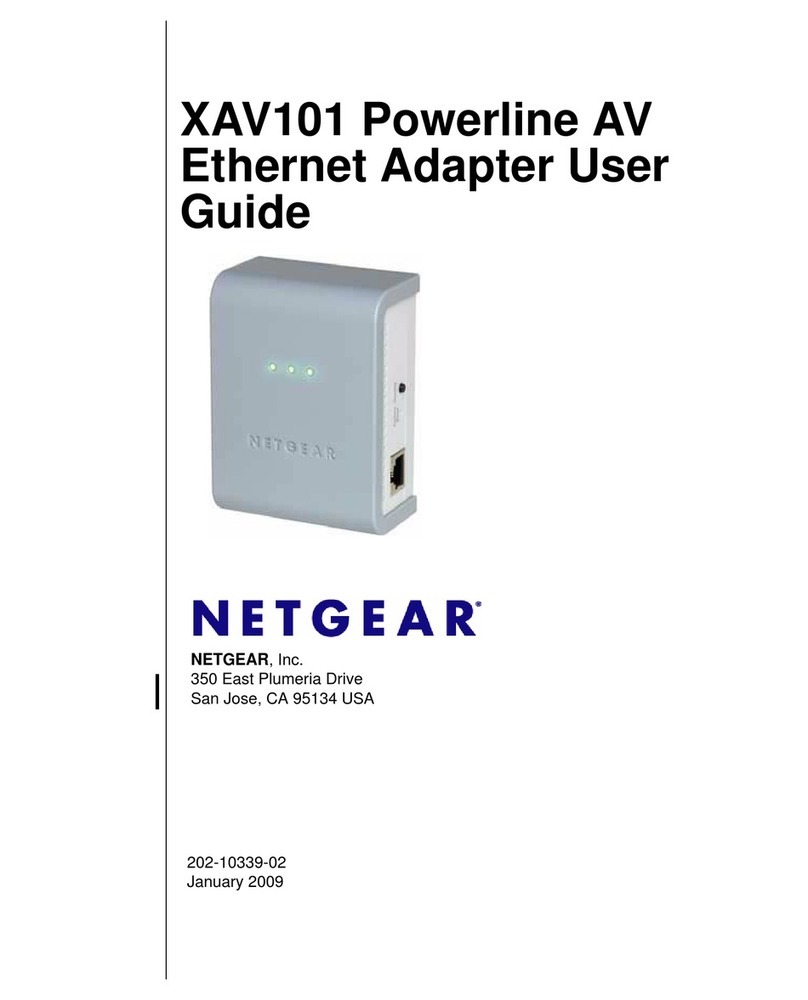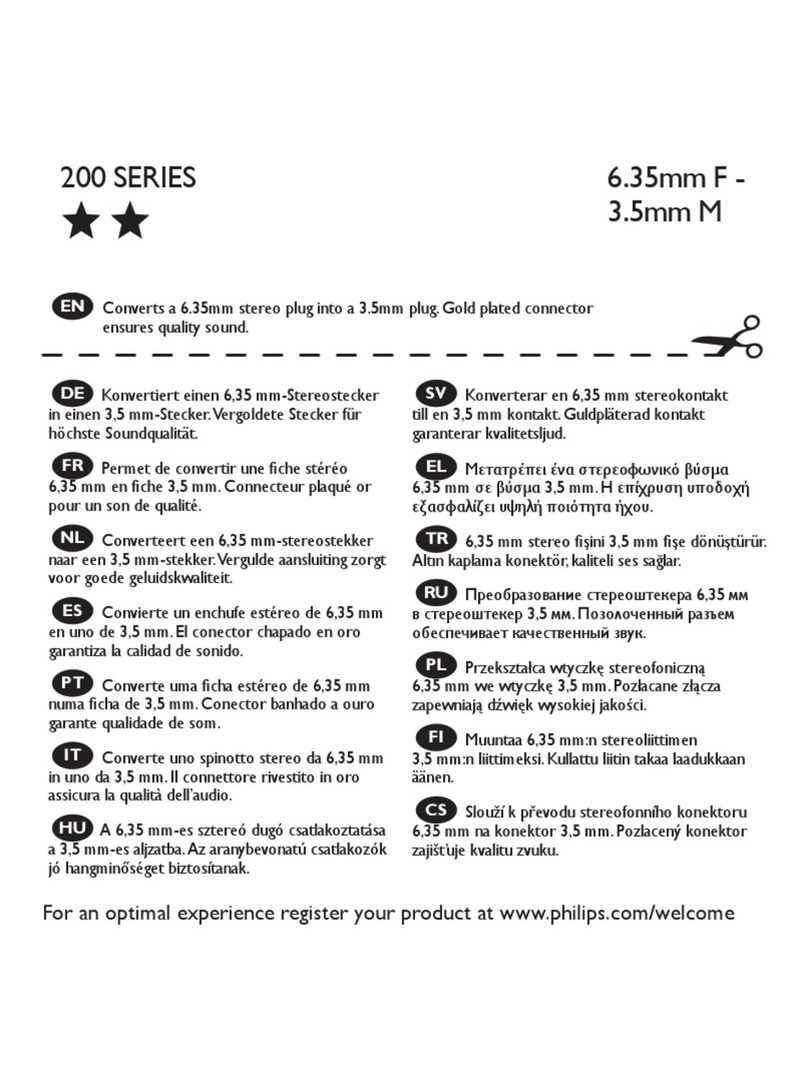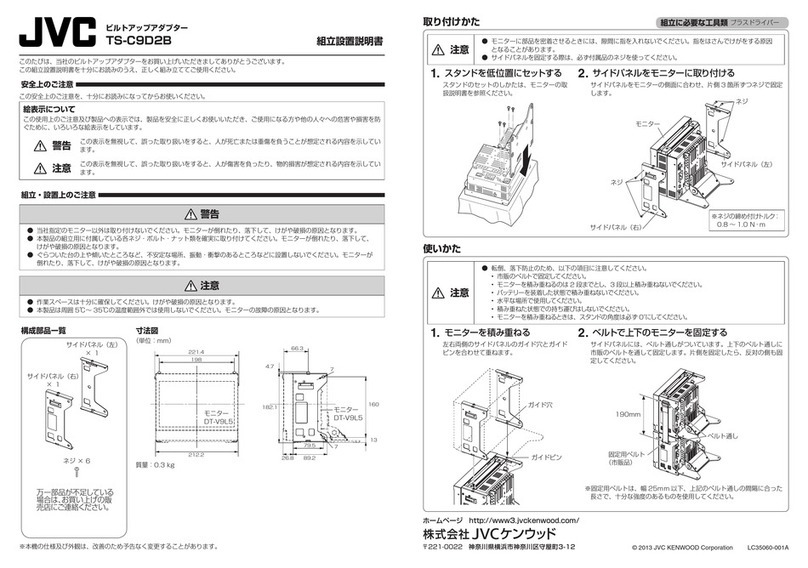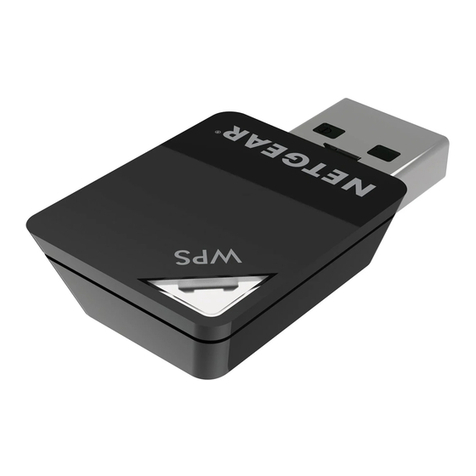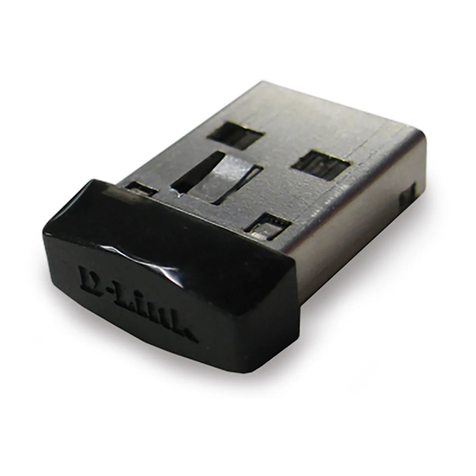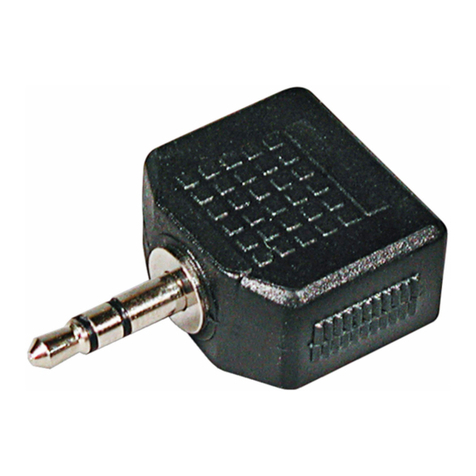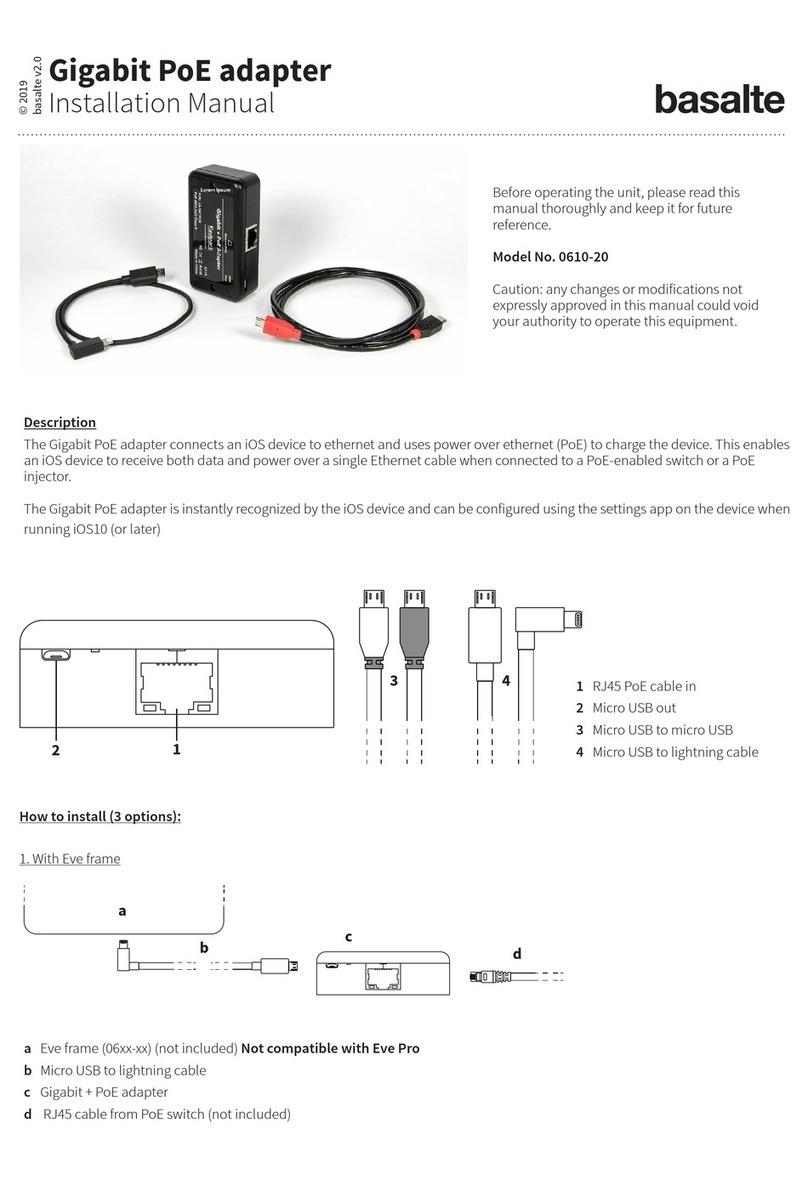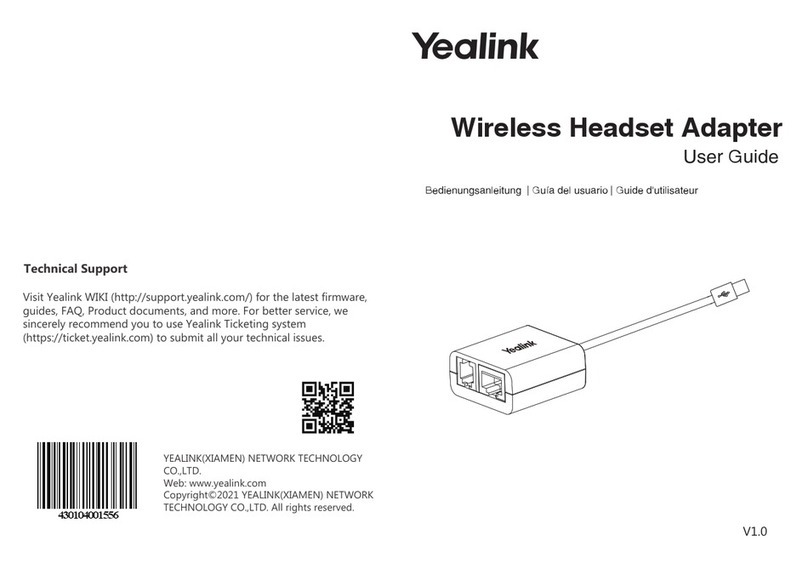
66616-2202
Type tests and environmental conditions
Electromagnetic Compatibility
Phenomena Test Description Test levels
ESD EN 61000-4-2 Enclosure contact ± 6 kV
Enclosure air ± 8 kV
RF field AM IEC 61000-4-3 Enclosure 10 V/m 80% AM (1 kHz), 80 – 1 000 MHz
modulated 20 V/m 80% AM (1 kHz), 800 – 960 MHz
20 V/m 80% AM (1 kHz), 1 400 – 2 000 MHz
RF field 900 MHz ENV 50204 Enclosure 20 V/m pulse modulated 200 Hz, 900 ± 5 MHz
Fast transient EN 61000-4-4 Signal ports ± 2 kV
Power ports ± 2 kV
Surge EN 61000-4-5 Signal ports unbalanced ± 2 kV line to earth, ± 2 kV line to line
Signal ports balanced ± 2 kV line to earth, ± 1 kV line to line
Power ports ± 2 kV line to earth, ± 2 kV line to line
RF conducted EN 61000-4-6 Signal ports 10 V 80% AM (1 kHz), 0.15 – 80 MHz
Power ports 10 V 80% AM (1 kHz), 0.15 – 80 MHz
Power frequency EN 61000-4-8 Enclosure 100 A/m, 50 Hz, 16.7 Hz & 0 Hz
magnetic field
Pulse magnetic field EN 61000-4-9 Enclosure 100 A/m, 6.4 / 16 ms pulse
Voltage dips EN 61000-4-11 AC power ports 10 & 5 000 ms, interruption
and interruption 10 & 500 ms, 30% reduction
100 & 1 000 ms, 60% reduction
Radiated emission EN 55022 Enclosure Class A
Conducted emission EN 55022 AC power ports Class B
EN 55022 DC power ports Class B
Dielectric strength EN 60950 Signal port to other 2 kVrms 50 Hz 1 min
isolated ports
Power port to other 3 kVrms 50 Hz 1 min
isolated ports 2 kVrms 50 Hz 1 min (@ rated power <60 V)
Environmental
Phenomena Test Description Level
Temperature Operating –25 to +70ºC
Storage & Transport –40 to +70ºC
Humidity Operating 5 to 95% relative humidity
Storage & Transport 5 to 95% relative humidity
Altitude Operating 2 000 m / 70 kPa
Service life Operating 10 year
Vibration IEC 60068-2-6 Operating 7.5 mm, 5 – 8 Hz
2 g, 8 – 500 Hz
Shock IEC 60068-2-27 Operating 15 g, 11 ms
Packaging
Enclosure UL 94 PC / ABS Flammability class V-1
Dimension 35 x 121 x 121 mm
W x H x D
Weight 0.2 kg
Degree of protection IEC 529 Enclosure IP 21
Cooling Convection
Mounting On 35 mm DIN-rail

